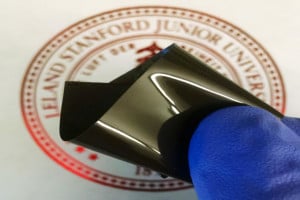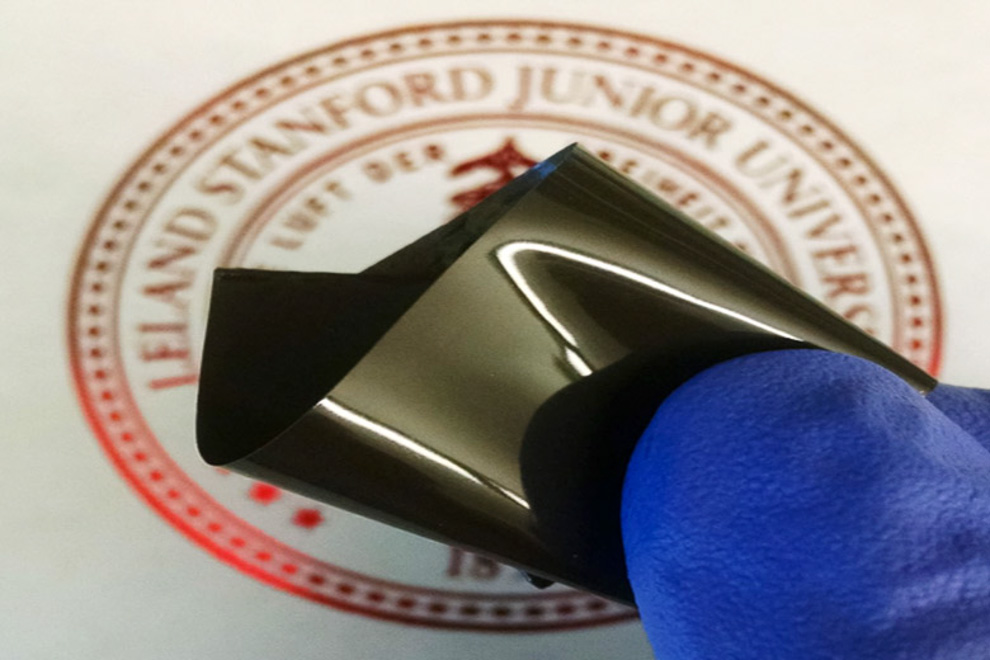
Stanford researchers have invented the first lithium-ion battery that shuts itself down upon overheating and restarts when it cools down, according to a Stanford News report. The new development greatly reduces risk due to overheating.
Several techniques have been previously used to address battery overheating, such as adding flame retardants to the electrolyte used in the battery. However, these techniques are all irreversible, so the battery is not functional after reaching a certain temperature.
In order to address this problem, Stanford professor of engineering Zhenan Bao, Stanford engineer Yi Cui and postdoctoral scholar Zheng Chen used tiny nickel particles coated with graphene and embedded in a film of elastic polyethylene. When in contact with one another, these particles conduct electricity. However, upon thermal expansion of the film, the particles spread apart, halting the flow of current.
The threshold for this battery was found to be 160 degrees Fahrenheit (70 degrees Celsius). Above this temperature, the polyethylene film expanded, causing the nickel particles to separate. When the temperature fell back to 160 degrees Fahrenheit (70 degrees Celsius), the film shrunk back, causing the battery to generate electricity again.
Furthermore, according to Bao, “We can even tune the temperature higher or lower depending on how many particles we put in or what type of polymer materials we choose.”
The material was tested several times by repeatedly applying heat, and it quickly resumed generating electricity when it cooled.
“Compared with previous approaches, our design provides a reliable, fast, reversible strategy that can achieve both high battery performance and improved safety,” Cui said. This technology is expected to be highly useful in place of traditional batteries.
Contact Dhaval Gajiwala at gajiwala ‘at’ stanford.edu.
